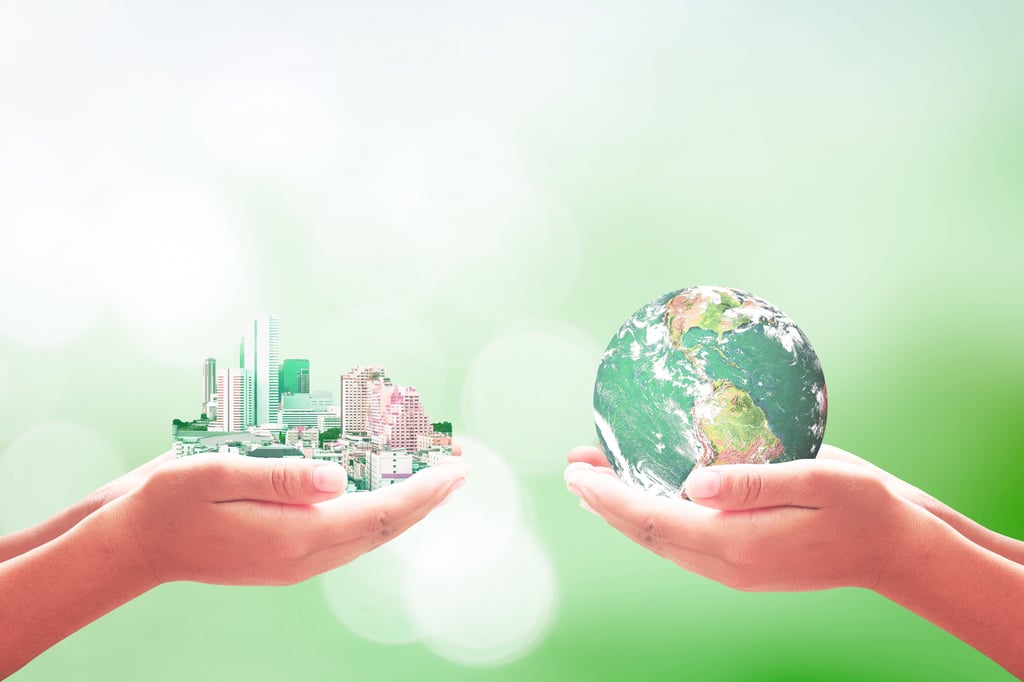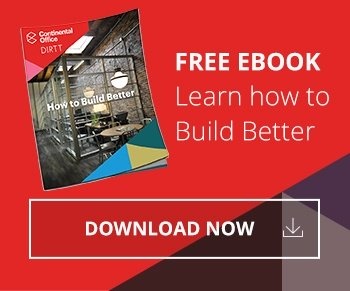
Sustainability is one of the world's most used and talked about but least understood words. What it means to be called sustainable can often be clouded or misinterpreted, because it's so widely used. For most, it's the preservation of the environment, and building better by reducing the number of resources required. To some it goes as far as social progress to stable economic growth and the elimination of poverty.
When describing sustainable construction, we tend to believe that buildings have the capacity to make a major contribution to a more sustainable future for our planet. The Organisation for Economic Co-operation and Development (OECD), which has a membership of 35 countries including the U.S. and Canada, estimates that buildings in developed countries account for more than 40% of energy consumption over their lifetime (including raw material production, construction, operation, maintenance, and decommissioning).
If you combine the above with the fact that 54% of the world's population now lives in urban areas and is expected to increase to 66% by 2050, you can easily see that being "green" or "sustainable" is no longer an option. It's a necessity. We need to build better and take care of future generations.
That's why the United States Green Building Council (USGBC) devised Leadership in Energy and Environmental Design (LEED), a rating system that evaluates the environmental performance of a building and encourages market transformations toward sustainable design. It provides a framework that project teams can apply to create healthy, highly efficient, and cost-saving green buildings. The LEED certification is a globally recognized symbol of sustainability achievement.
The good news is there are prefabricated interior construction companies today who are living a sustainable lifestyle and even build their entire business model around it. DIRTT, which stands for Doing It Right This Time, was created with the mindset that they would design customizable, sustainable architectural interiors. To date, they've completed hundreds of LEED buildings in North America. In fact, because sustainability is central to everything they do and is in their cultural DNA, the company is built upon three pillars of sustainability.
Not only are DIRTT's building practices sustainable, they have consistently evolved their practices so they can lessen their carbon footprint in multiple locations and at all stages of the construction process. From designing solutions for reuse to their innovative ICE® technology-driven manufacturing processes, they say they consistently evaluate what they're doing and how they're doing it, so they can do it better tomorrow. Here are just a few of the ways they're meeting global industry standards:
In fact, DIRTT is redefining the construction industry with this incredible technology, and are establishing new global standards when it comes to sustainability. In 2014, DIRTT set the official international standard for measuring and reporting how pre-engineered wall components measure up in terms of sustainability by engaging a third-party to conduct a Life Cycle Assessment (LCA). From that process, 15 Environmental Product Declarations (EPDs) for their prefabricated walls were developed and verified. These EDPs represent an opportunity for other manufacturers to meet and build upon these standards.
More recently, in February of 2017, they unveiled an innovation that can transform new and existing DIRTT interior wall systems into foldable, collapsible structures called Leaf™. While foldable walls are nothing new, Leaf™ breaks new ground in that it can be retrofitted onto any DIRTT environment ever created. It's essentially great for sustainability, but also protects clients' existing investments. Currently in a prototype phase, it allows clients to retrofit their existing installations if they want the ability to quickly change a space. DIRTT co-founder and CEO, Mogens Smed, says:
"It is without a doubt the greatest testimony to sustainability and client care the manufacturing and construction industries have ever seen."
As more and more of us start to think about and implement sustainability in our professional and personal lives, it's good to know there are companies like DIRTT Environmental Solutions who are working hard to make sure we have the means to build better. You can hear more from Mogen's Smed in the video below.





Comments